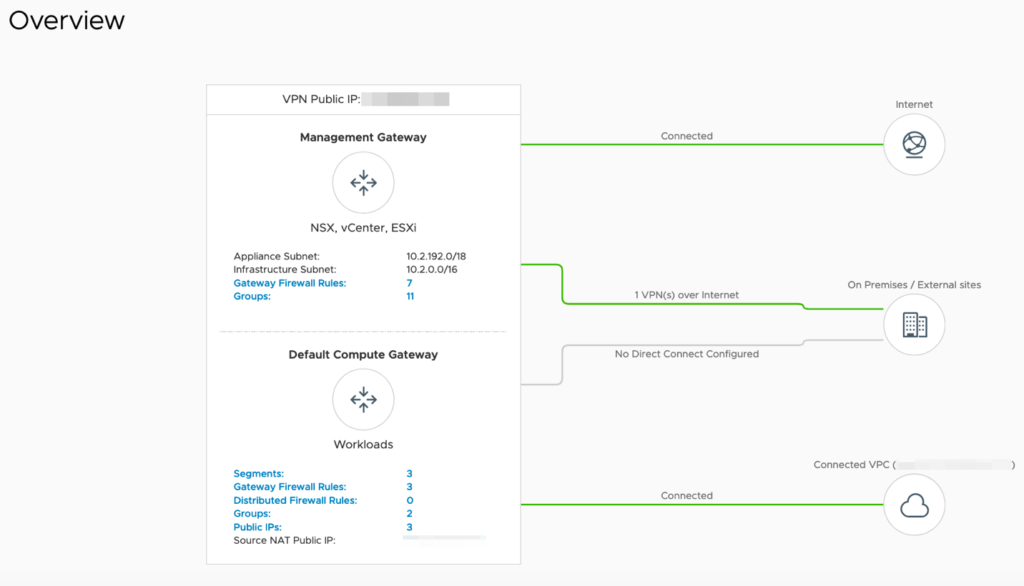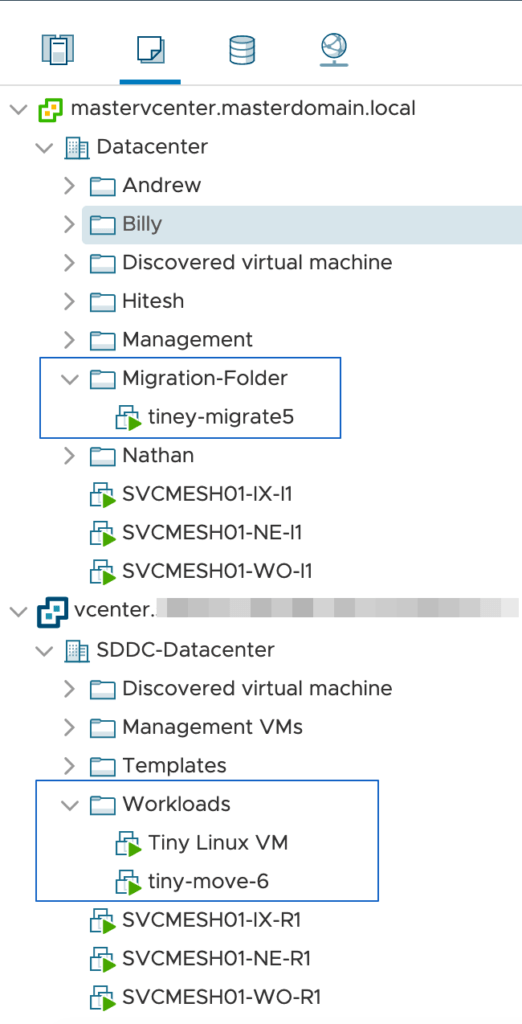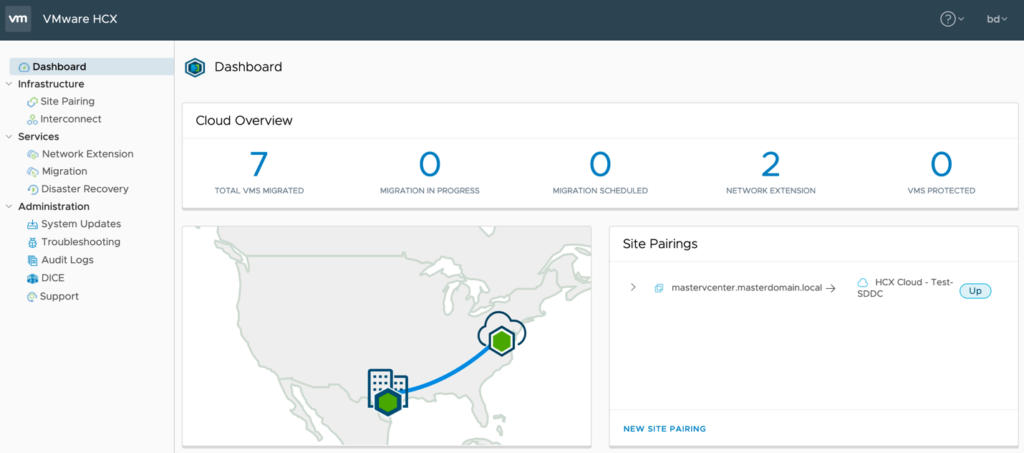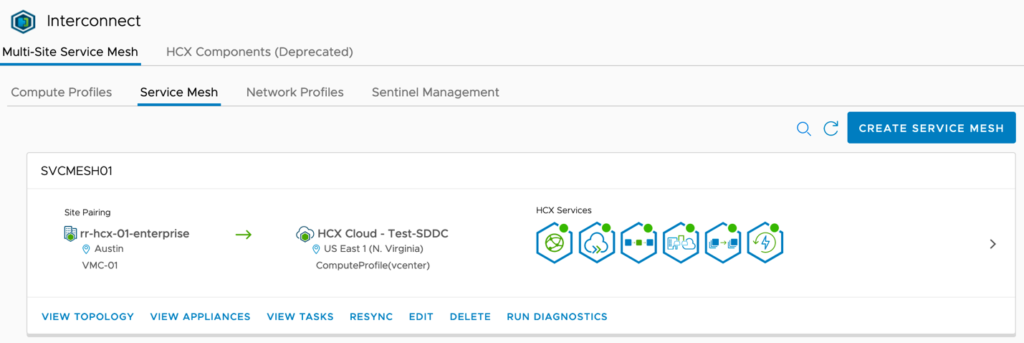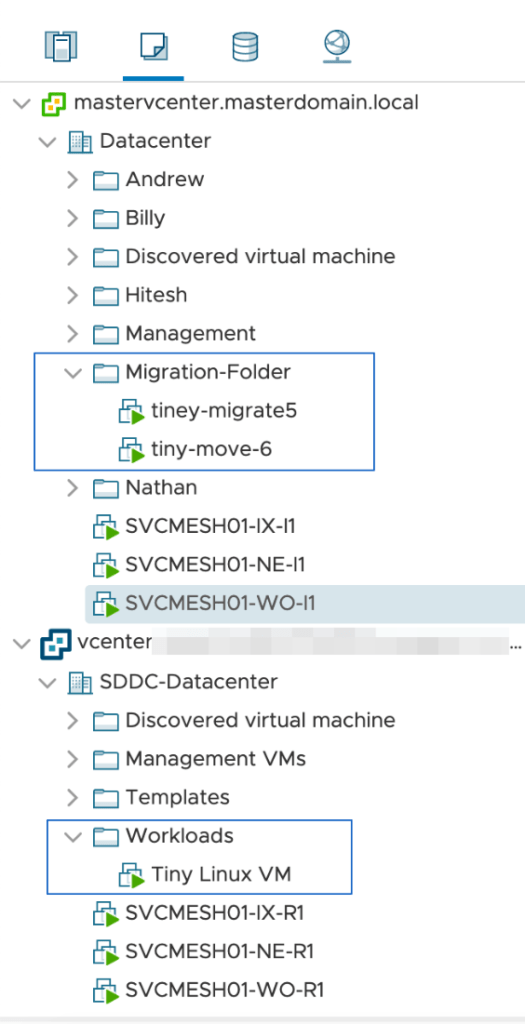By Sterling Cloud Architects Nathan Bennett and Billy Downing
Whispers and concerns about a chip shortage had already begun back in early 2020, when COVID first hit. With offices shut down and the workforce working remotely, people were updating their older computer systems to newer ones and purchasing home-office accessories like webcams and microphones and maybe that special ring lamp that makes you look so much better than your standard home-office lighting does.
How did the buying binge affect the computer/IT world? By rocketing computer sales up sky-high, to a 20% growth. Sure, that doesn’t sound so high, until you realize that Chromebooks, which are measured separately, had a jump in sales of 200%.
We live in a time when semiconductors are everywhere. Inside lightbulbs, locks in doors, the power steering in your car. Not only in modern technologies but inside old-school technologies: 12-inch touchscreens in your car, Wi-Fi in your fridge. Everywhere.
Factories have doubled their production of semiconductors, and still there are shortages. And we need more “smart devices” (otherwise known as the “Internet of Things”) to keep the other smart things operating.
So what? This doesn’t really affect you, does it? Let’s look at this observational example: You’re driving along and see that the car dealership, once stocked full of automobiles, now has numerous empty spots. We’ve never heard of a Ford dealership with fewer than 20 F-150s on the lot. That may sound like a lot of trucks, but when you realize that the F-150 is the most purchased automobile in the nation, you would be correct to think it strange. If you’ve ever worked as a car salesman, you know there is a back lot full of cars that can be deployed to the front when needed. Except that now (you probably know where this is going) — that lot in the back is empty too.
Now we are seeing this in the computer world. GPU chips are highly contested — because the conductors used for the PlayStation 5 are also in the Xbox Series X, MacBook, etc. Some dealers have a waitlist of over six months — just to fill laptop orders.
With all the shortages happening, servers are next. If you can’t expand your on-premises environment, what will you do?
There is a solution: within the hybrid cloud. This is something like VMC on AWS, AVS in Azure, or GVE in Google. This allows you infrastructure within the public cloud that extends your networking into the public cloud and allows you to duplicate your subnets, thus simplifying the solution expansion. So, you are leveraging the chips that are already there, using them to expand your on-premises data center.
In the following scenario, we’ll look at extending our existing on-premises data center, an SDDC, by using vCenter Cloud Gateway for single pane of management and HCX for layer 2 extensions to provide seamless migrations across environments.
From the perspective of our VMC console, the topology is reflected in Figure 1 and Figure 2, displaying our SDDC resources and network layout for internet connections, and a layer 3 policy-based VPN connecting our on-premises to the cloud environment.
Figure 1
Figure 2
Tools Used to Manage and Migrate
For a single pane of management between our on-prem and cloud workloads, we’ve deployed the vCenter Cloud Gateway to establish a hybrid linked mode between both vCenters, giving us the ability to visualize, consolidate alarms, deploy templates, etc. between environments, as shown in Figure 3, where Master vCenter is our on-prem, and vCenter is our cloud deployment.
Figure 3
Highlighted within the blue box are a few workloads associated with each environment. Here our goal is to be able to seamlessly transition workloads across clouds without taking an outage. To accomplish this, VMware HCX is deployed to establish layer-2 extensibility across environments to allow vMotion-based migrations while maintaining IP-addressing and DNS resolutions. Figure 4 displays the connection status of our two environments, while Figure 5 details the service mesh and associated services used.
Figure 4
Figure 5
Within our HCX service mesh we can see several capabilities; however, in this use-case we’ll focus on layer-2 extensions. In this environment, two port-groups are extended from our on-premises environment: BD-PortGroup21 and NB-Port-Group43 (Figure 6). Our goal here is to migrate the virtual machine tiny-move-6 from our cloud environment to our on-premises environment without taking an outage using vMotion through HCX. Looking back at Figure 3, We can confirm the current location of tiny-move-6 in the VMC environment from our single pane of glass management across the hybrid cloud.
Figure 6
Seamless Workload Migration from Cloud to On-Premises
Now that the stage is set, let’s recap our goals and business values, then jump into moving workloads around.
- Goals
Utilize cloud services to burst and return workloads in order to extend our existing private cloud while servers are hard to come by or require an extended wait. We need to maintain ease of management and service-level agreements for virtual-machine uptimes. - Business value
Rather than purchasing new hardware on backorder or waiting for the next refresh, we would like to extend services into the cloud on an as-needed basis to lift-and-shift workloads using VMC for raw resources without having to refactor application to be cloud-native. VMC on AWS provides the pathway to conduct cloud-native refactoring on an as-needed basis.
Let’s move workloads around. Figure 7 shows the current IP of our tiny-move-6 virtual machine that we can reach from our on-premises environment through the HCX built Layer-2 extension into the cloud.
Figure 7
Within the HCX plug-in provided within the vCenter Cloud Gateway, we can kick off a migration by setting some basic parameters and going through a validation, as shown in Figure 8. Figure 9 displays the successful migration, and Figure 10 reveals the new location of the tiny-move-6 virtual machine to our on-premises data center.
Kicking off the migration from the HCX Plugin within the vCenter Cloud Gateway
Figure 8
Within the same plugin we see the successful migration.
![]()
Figure 9
However, the proof is in the inventory!
Figure 10
All this while maintaining a continuous ping, which, as shown in Figure 11, only dropped a few times throughout the entire migration.
Figure 11
In Summary
Overall, we displayed the overarching capability of realistically deploying and managing a hybrid cloud using a VMware-based private cloud, VMware Cloud SDDC, vCenter Cloud Gateway, and VMware HCX for hybrid extension functionality. We demonstrated the visibility benefits of utilizing a common platform, both on-premises and in cloud, while also migrating workloads seamlessly between the two. This cloud solution extends your data center at a time when bare-metal solutions are low in stock or not available for an extended period of time.
This only scratched the surface of hybrid-cloud nuance and functionality within a true enterprise environment; however, it is a clear demonstration of immediate value to organizations facing similar decisions. There is no forecast as to when the chip shortage will end. Whether in the end of 2021, or the beginning of 2023 — without new chips is where we have found ourselves.
One main factor of business is understanding not where you think you are or where you hope you are, but where you actually are — even if the reality is tough to swallow. Sterling stands ready to assist you when the time comes. We are prepared to help you understand how these technologies really work together inside your environment, to enable your extension into the cloud.


